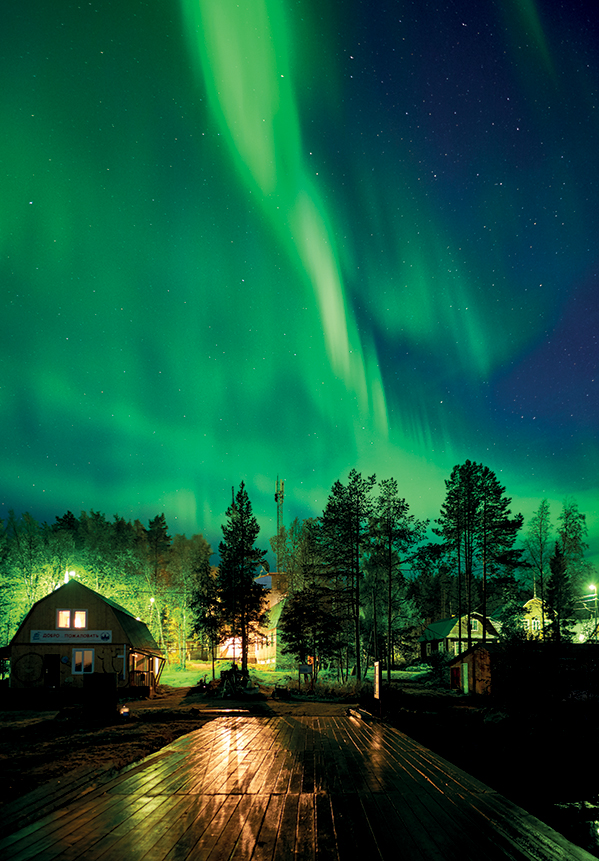In the current issue of Whizz Pop Bang (October, issue 15) we take a look at light and colour. We ask what gives things their colour? What are invisible colours? Do you know why flamingoes are pink? For lots of questions (and answers!) about colour and loads of cool experiments, order a copy of Whizz Pop Bang science magazine for kids click here.
Do your kids know about the northern lights? The northern lights are one of nature’s most impressive spectacles. These stunning coloured light displays are produced when particles from the Sun crash into the Earth’s atmosphere, transferring their energy into light. Also called aurora, these magnificent dancing lights are common near the North and South Poles.
We came across this eerie yet beautiful video of humpback whales swimming under the northern lights in Norway…
Off the coast of Kvaløya island in Tromsø, humpback whales swim beneath the northern lights. The brief scene was captured by Norwegian photographer Harald Albrigtsen for Norwegian public television (NRK). Cue the aurora science from NASA:
“The typical “northern lights,” or aurora borealis, are caused by collisions between fast-moving electrons and the oxygen and nitrogen in Earth’s upper atmosphere. The electrons – which come from the magnetosphere, the region of space controlled by Earth’s magnetic field – transfer energy to the oxygen and nitrogen gases, making them “excited.” As they “calm down” and return to their normal state, they emit photons, small bursts of energy in the form of light.
When a large number of these collisions occur, the oxygen and nitrogen can emit enough light for the eye to detect. This ghostly light will produce the dance of colors in the night sky we call the aurora. Most of the light comes from altitudes between 60 and 200 miles. Since the aurora is much dimmer than sunlight, it cannot be seen from the ground in the daytime.
The color of the aurora depends on which gas – oxygen or nitrogen – is being excited by the electrons, and on how excited it becomes. Oxygen emits either a greenish-yellow light (the most familiar color of the aurora) or a red light; nitrogen generally gives off a blue light. The blending of these colors can also produce purples, pinks, and white.”
(Above video and text from The Kids Should See This website)
Did you know… Astronauts in the International Space Station get to see a side view of the aurora because they are both roughly the same distance from the Earth
AWESOME FACT: Aurora also occur on other planets, including Jupiter, Saturn, Uranus and Neptune

